Bahamas Biodiversity: Animal and Plant Species and What Is Under Threat
The Bahamas is home to a stunning array of animal and plant species, with some of them facing significant threats to their survival. The rich biodiversity of this archipelago, which comprises over 700 islands, cays, and rocks, is considered a “hotspot” in the Caribbean region.
Key Takeaways:
- The islands of The Bahamas cover approximately 100,000 square miles and consist of diverse marine and terrestrial ecosystems.
- Marine environments, including coral reefs and pelagic fisheries, play a vital role in the country’s economy and provide essential services.
- The Bahamas has approximately 1% of its total national territory under some form of protection, with 58 protected areas for conservation and sustainable use.
- Over 1,350 species of flowering plants and ferns have been described in The Bahamas, with around 9% of them being endemic to the region.
- The main threats to biodiversity in The Bahamas include climate change, habitat destruction, pollution, invasive species, and over-harvesting.
- The Bahamas has implemented the National Biodiversity Strategy and Action Plan (NBSAP) to guide conservation efforts and enhance the quality of life in the country.
The Diverse Flora and Fauna of the Bahamas
The Bahamas boasts an incredible variety of flora and fauna, with a wealth of plant and animal species calling these islands home. The archipelago is composed of over 700 islands, cays, and rocks spread across the Atlantic Ocean. The region, considered a biodiversity hotspot, is known for its rich marine environments, extensive pine forests, and diverse wetlands.
Marine environments cover a significant portion of the Bahamas, with the Exclusive Economic Zone (EEZ) spanning over 260,000 square miles. These waters support a vast food network, ranging from plankton to large predatory species like blue marlin and giant tuna. The Great Bahama Bank and Little Bahama Bank are home to extensive coral reefs, which cover around 2.2% of the former and 324 km2 of the latter. While reefs near developed islands have experienced some decline, overall, the coral reefs in the Bahamas remain in good condition.
On land, the Bahamas is home to approximately 1,350 species of flowering plants and ferns, with nearly 9% of these species being endemic. The islands also support a diverse array of wildlife, including 57 breeding bird species, 53 reptiles, 5 amphibians, and 248 fish species. Additionally, the Bahamas is known for its population of marine mammals, with 24 species recorded in its waters.
To protect this unique biodiversity, the Bahamas has established 58 protected areas, covering around 1% of the country’s total national territory. These areas include 10 national parks and three marine reserves, totaling approximately 154,011 hectares. These protected areas play a crucial role in conserving the diverse ecosystems and species found in the Bahamas.
Table: Endemic Plant Species in the Bahamas
| Scientific Name | Common Name |
|---|---|
| Cyperus correllii |
Quote: Eric Carey, Executive Director of the Bahamas National Trust
“Invasive species are especially concerning to small island nations. Next to climate change issues, invasives represent perhaps the most critical threat to island economies and their sustainable development.”
Despite the rich biodiversity in the Bahamas, there are also significant threats to the flora and fauna. Climate change is considered the most substantial threat, with rising sea levels and increased vulnerability to natural disasters. Other human-related activities, such as habitat destruction, pollution, and the introduction of invasive species, also pose risks to the fragile Bahamian environment.
Efforts are being made to address these threats and enhance biodiversity conservation in the Bahamas. The country has developed a National Biodiversity Strategy and Action Plan (NBSAP) to guide conservation efforts. Additionally, initiatives are underway to manage invasive species and protect native biodiversity through comprehensive strategies and strong management practices.
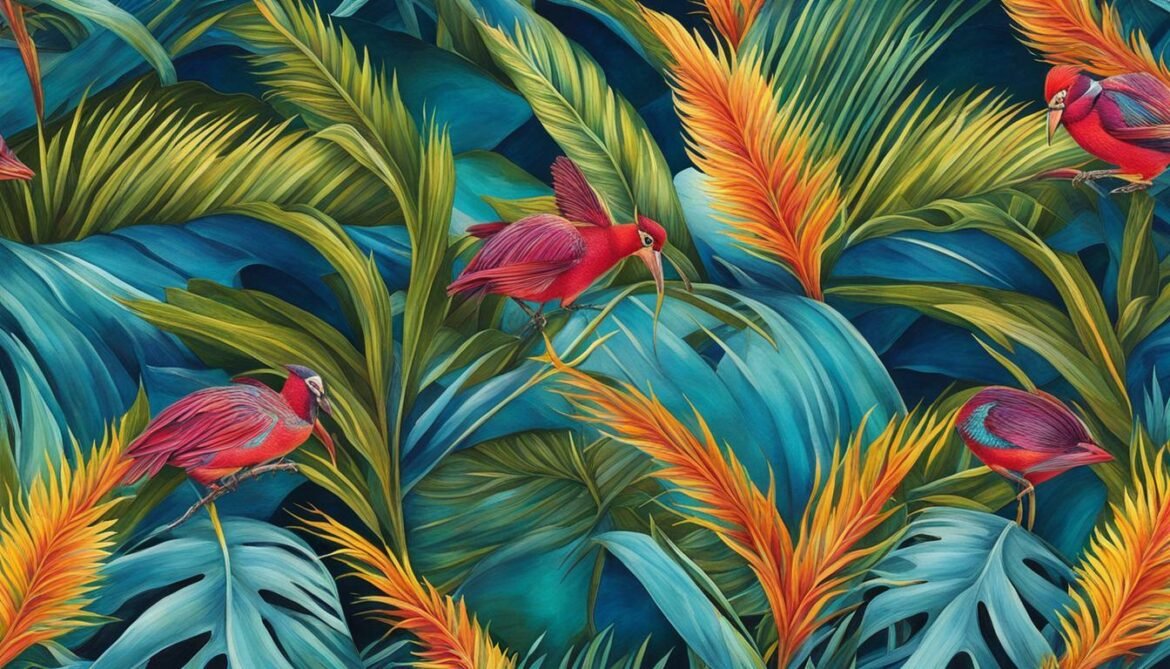
Overall, preserving the unique flora and fauna of the Bahamas is crucial for the country’s cultural identity, economic development, and environmental sustainability. Continued conservation efforts and the establishment of protected areas are essential to ensure the long-term survival of the diverse ecosystems and species that make the Bahamas a truly exceptional destination.
Threats to Biodiversity in the Bahamas
Unfortunately, the biodiversity of the Bahamas is under threat from various factors, posing a significant challenge to its long-term survival. The islands of The Bahamas are home to a rich variety of plant and animal species, many of which are unique to the region. However, these species face numerous threats that jeopardize their existence.
One of the major threats to biodiversity in the Bahamas is climate change. With 80% of the country’s landmass within 1.5 meters of sea level rise, rising ocean temperatures and increased storm intensity have profound implications for the fragile Bahamian environment and its rich biodiversity. Climate change can lead to coral bleaching, impacting the health of coral reefs, which are vital ecosystems supporting a wide range of marine species.
Habitat destruction and fragmentation are also significant threats to biodiversity. The rapid development of tourism, agriculture, and urbanization has resulted in the loss and fragmentation of natural habitats. This loss of habitat has a detrimental impact on native species, particularly those dependent on specific ecosystems, such as the Bahama Nuthatch and the Bahama Oriole.
Furthermore, pollution, introduced invasive alien species, and over-harvesting contribute to the decline of biodiversity in the Bahamas. Pollution, including marine debris and contaminants, can disrupt ecosystems and harm marine life. Invasive species, such as the Red Lionfish and the Cane Toad, outcompete native species for resources and disrupt ecological balance. Over-harvesting, particularly in fisheries, can lead to the depletion of fish stocks and disrupt entire marine food webs.
Threats to Biodiversity in the Bahamas
| Threats | Examples |
|---|---|
| Climate Change | Rising sea levels, coral bleaching, and intensified storms |
| Habitat Destruction | Urbanisation, tourism development, agricultural expansion |
| Invasive Species | Red Lionfish, Cane Toad |
| Pollution | Marine debris, contaminants |
| Over-harvesting | Depletion of fish stocks |
“Invasive species are especially concerning to small island nations. Next to climate change issues, invasives represent perhaps the most critical threat to island economies and their sustainable development.” – Eric Carey, Executive Director of the Bahamas National Trust (BNT)
Efforts are underway to address these threats and protect the biodiversity of the Bahamas. The Bahamas has established 58 protected areas, totaling approximately 1% of its national territory, to conserve and manage its natural resources. These protected areas include both terrestrial and marine ecosystems, safeguarding critical habitats for numerous species.
To enhance the implementation of conservation measures, The Bahamas developed a National Biodiversity Strategy and Action Plan (NBSAP). The NBSAP aims to enhance the quality of life, conserve biological resources, promote public awareness, and secure financial support for biodiversity conservation efforts. The Bahamas Environment Science and Technology (BEST) Commission and the Ministry of Environment are responsible for implementing and monitoring the achievements of the NBSAP.
Preserving the unique biodiversity of the Bahamas is crucial for the continued health of its ecosystems, the well-being of its people, and the preservation of the cultural heritage of the islands. Through sustainable development practices, effective conservation strategies, and public awareness, it is possible to protect and conserve the rich biodiversity of the Bahamas for future generations.
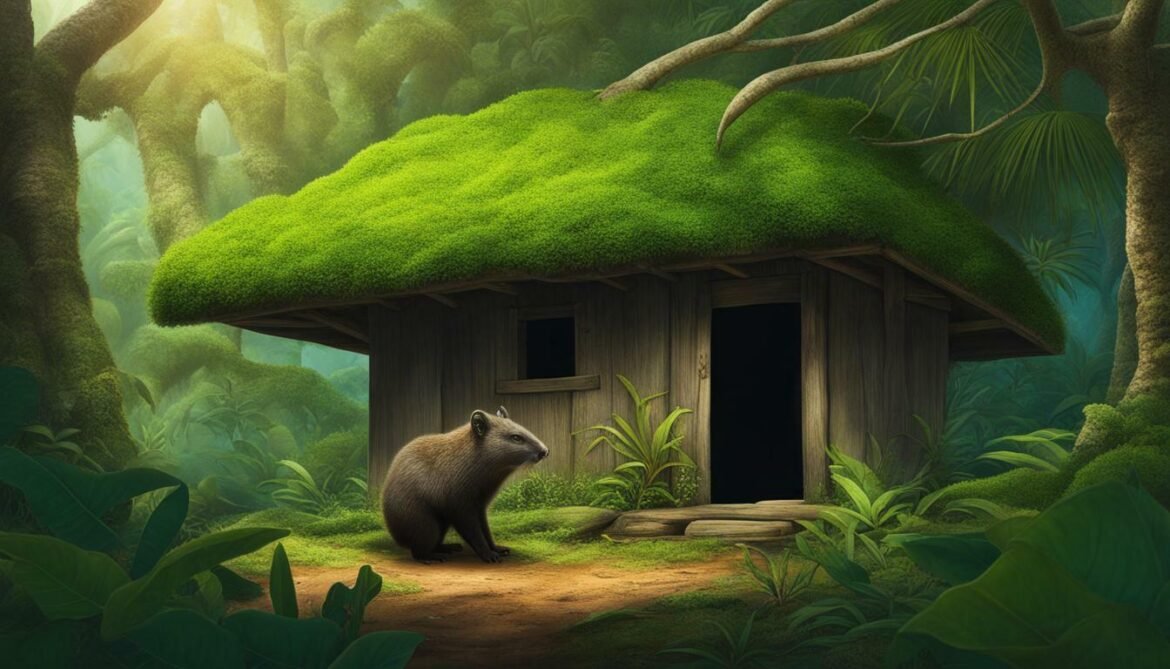
Sources: Country Profiles // Main Details, Small island states such as The Bahamas are especially vulnerable to invasions by non-native or alien species, IUCN Red List.
Marine Biodiversity in the Bahamas
The marine environments in the Bahamas are teeming with a rich diversity of species, making it a hotspot for marine biodiversity. The archipelago, comprising over 700 islands, cays, and rocks, is home to an array of unique marine ecosystems that support a variety of plant and animal life.
According to the Convention on Biological Diversity, the marine environments in the Bahamas cover a significant portion of the country’s territory, with the Exclusive Economic Zone (EEZ) spanning 260,000 square miles. This vast area encompasses islands, banks, reefs, shipping lanes, and pelagic fisheries, providing a complex and interconnected network of habitats.
The Bahamas boasts diverse marine ecosystems, including coral reefs, seagrass beds, and mangrove forests. Coral reefs cover approximately 2.2% of the Great Bahama Bank and are generally in good condition, although declines have been observed near more developed and populated islands. These reefs support a wide range of marine species, from colorful reef fish to majestic species like the Nassau grouper.
Marine Protected Areas in the Bahamas
To safeguard the unique marine biodiversity of the Bahamas, the country has established several marine protected areas. These protected areas cover approximately 154,011 hectares and include 10 national parks and three marine reserves. These areas play a crucial role in conserving and managing the marine ecosystems, ensuring the sustainable use of resources and protecting vulnerable species.
One notable marine protected area in the Bahamas is the Exuma Cays Land and Sea Park, which is the first of its kind in the world. This park spans over 176 square miles and encompasses both terrestrial and marine habitats. It is home to an abundance of marine life, including coral reefs, seagrass beds, and mangroves, providing a haven for endangered species like the queen conch and the hawksbill turtle.
Overall, the marine biodiversity in the Bahamas is a precious natural asset that needs to be protected and conserved. Through the establishment of marine protected areas and the implementation of sustainable practices, the Bahamas can continue to safeguard its unique marine ecosystems and ensure the long-term viability of its rich biodiversity.
| Marine Biodiversity in the Bahamas | Protected Areas in the Bahamas |
|---|---|
| Rich diversity of marine species | 10 national parks and three marine reserves |
| Unique marine ecosystems | Approximately 154,011 hectares of protected areas |
| Includes coral reefs, seagrass beds, and mangroves | Exuma Cays Land and Sea Park |
| Protection and conservation of vulnerable species | Sustainable use of marine resources |

“The marine environments in the Bahamas are teeming with a rich diversity of species, making it a hotspot for marine biodiversity.”
Conservation Efforts and Protected Areas
Recognising the importance of preserving the precious biodiversity of the Bahamas, there have been significant efforts to implement conservation measures, including the creation of protected areas. The Bahamas has approximately 1% of its total national territory under some form of protection, with 58 protected areas throughout the country for conservation, sustainable use, and management.
These protected areas encompass a diverse range of ecosystems, including marine environments, wetlands, pine forests, and coral reefs. The marine protected areas in the Bahamas cover approximately 154,011 hectares and are spread over 10 national parks and three marine reserves. These protected areas play a crucial role in safeguarding the unique marine biodiversity of the Bahamas, supporting a wide array of species from plankton to blue marlin and giant tuna.
In addition to marine protected areas, there are also efforts to protect and conserve terrestrial ecosystems. The Bahamas has significant wetland areas, which comprise 40% of the land area, ranging from narrow coastal fringes to extensive shallow wetlands and large tidal creek systems. These wetlands provide important habitats for a variety of plant and animal species.
Protected Areas in the Bahamas
| Protected Area | Type | Size (hectares) |
|---|---|---|
| Andros West Side National Park | National Park | 190,000 |
| Exuma Cays Land and Sea Park | National Park | 176,000 |
| Lucayan National Park | National Park | 16,641 |
| Pelican Cays Land and Sea Park | National Park | 5,000 |
| Abaco National Park | National Park | 18,283 |
| Peterson Cay National Park | National Park | 1 |
| Exuma Land and Sea Park | Marine Reserve | 45,000 |
| North Shore Environmental Park | Marine Reserve | 5,000 |
These protected areas not only serve as havens for wildlife but also provide opportunities for visitors to experience and appreciate the unique biodiversity of the Bahamas. The establishment of protected areas reflects the commitment of the Bahamas to conserve its natural heritage for future generations and highlights the importance of sustainable environmental practices.
In conclusion, the Bahamas is actively engaged in conservation efforts and the establishment of protected areas to safeguard its rich biodiversity. These initiatives are crucial in ensuring the long-term survival of the unique plant and animal species found in the Bahamas and maintaining the ecological balance of its diverse ecosystems.
Preserving the Unique Biodiversity of the Bahamas
The diverse ecosystems and wildlife found in the Bahamas are invaluable and must be safeguarded for future generations to enjoy and appreciate. With more than 700 islands, cays, and rocks spread over 100,000 square miles of the Atlantic Ocean, the Bahamas is home to a rich biodiversity that includes a variety of plant and animal species.
The marine environments of the Bahamas are especially important, covering a vast area and providing jobs, food, and recreational services. The Exclusive Economic Zone (EEZ) of the Bahamas spans 260,000 square miles and sustains a complex food network, from plankton to large predatory fish. The Bahamian reefs, covering 2.2% of the Great Bahama Bank and 324 square kilometers of the Little Bahama Bank, are generally in good condition, although some areas near developed islands have experienced coral decline.
On land, the Bahamas boasts a diverse range of ecosystems, including pine forests, wetlands, and coastal areas. Wetlands, which make up 40% of the land area, play a vital role in the ecosystem, with both inland and coastal wetlands supporting a variety of plant and animal life. The country is also home to numerous endemic plant species, with approximately 9% of plant species found in the Bahamas being unique to the region.
Despite its rich biodiversity, the Bahamas faces several threats that put its ecosystems and wildlife at risk. Climate change poses a significant challenge, particularly due to the country’s vulnerability to rising sea levels and the potential for increased natural threats such as coral bleaching and tropical hurricanes. Other human-related activities, such as habitat destruction, habitat fragmentation, pollution, introduction of invasive species, and over-harvesting, also contribute to the loss of biological diversity.
In order to protect the unique biodiversity of the Bahamas, conservation efforts and initiatives have been implemented. Currently, approximately 1% of the country’s national territory is under some form of protection, with 58 protected areas established throughout the Bahamas. These protected areas, including national parks and marine reserves, aim to conserve and sustainably manage the biodiversity and natural resources of the Bahamas.
Conclusion
The preservation of the unique biodiversity of the Bahamas is essential for the continued health of its ecosystems and the well-being of its wildlife. By implementing conservation efforts and establishing protected areas, the Bahamas can ensure the long-term survival of its diverse plant and animal species. It is crucial that we appreciate and protect the natural beauty and ecological importance of the Bahamas, safeguarding it for future generations to cherish and enjoy.
FAQ
Q: What is the biodiversity like in the Bahamas?
A: The Bahamas is home to a rich and diverse array of plant and animal species. It boasts over 1,350 species of flowering plants and ferns, 57 breeding birds, 53 reptiles, 5 amphibians, 248 fish, and 24 species of marine mammals.
Q: Are there any endangered species in the Bahamas?
A: Yes, there are several critically endangered species in the Bahamas, including the Jamaican Petrel, Conception Bank Silver Boa, Bahama Nuthatch, Bahama Oriole, and various species of rock iguanas.
Q: What are the main threats to biodiversity in the Bahamas?
A: The main threats to biodiversity in the Bahamas include climate change, habitat destruction, habitat fragmentation, pollution, the introduction of invasive species, and over-harvesting.
Q: Are there protected areas in the Bahamas?
A: Yes, there are 58 protected areas throughout the Bahamas, including national parks and marine reserves. These areas are designated for conservation, sustainable use, and management of the country’s biodiversity.
Q: What efforts are being made to conserve biodiversity in the Bahamas?
A: The Bahamas has developed a National Biodiversity Strategy and Action Plan (NBSAP) to guide conservation efforts. The Bahamas Environment Science and Technology (BEST) Commission is responsible for implementing and monitoring the achievements of the NBSAP. Additionally, there are ongoing initiatives to remove invasive species and protect key habitats.
Q: Why is it important to preserve the biodiversity of the Bahamas?
A: Preserving the unique biodiversity of the Bahamas is crucial for the health of ecosystems, the economy, and the cultural identity of the country. Biodiversity provides important ecosystem services, such as clean air and water, as well as supporting industries like tourism, agriculture, and fishing.





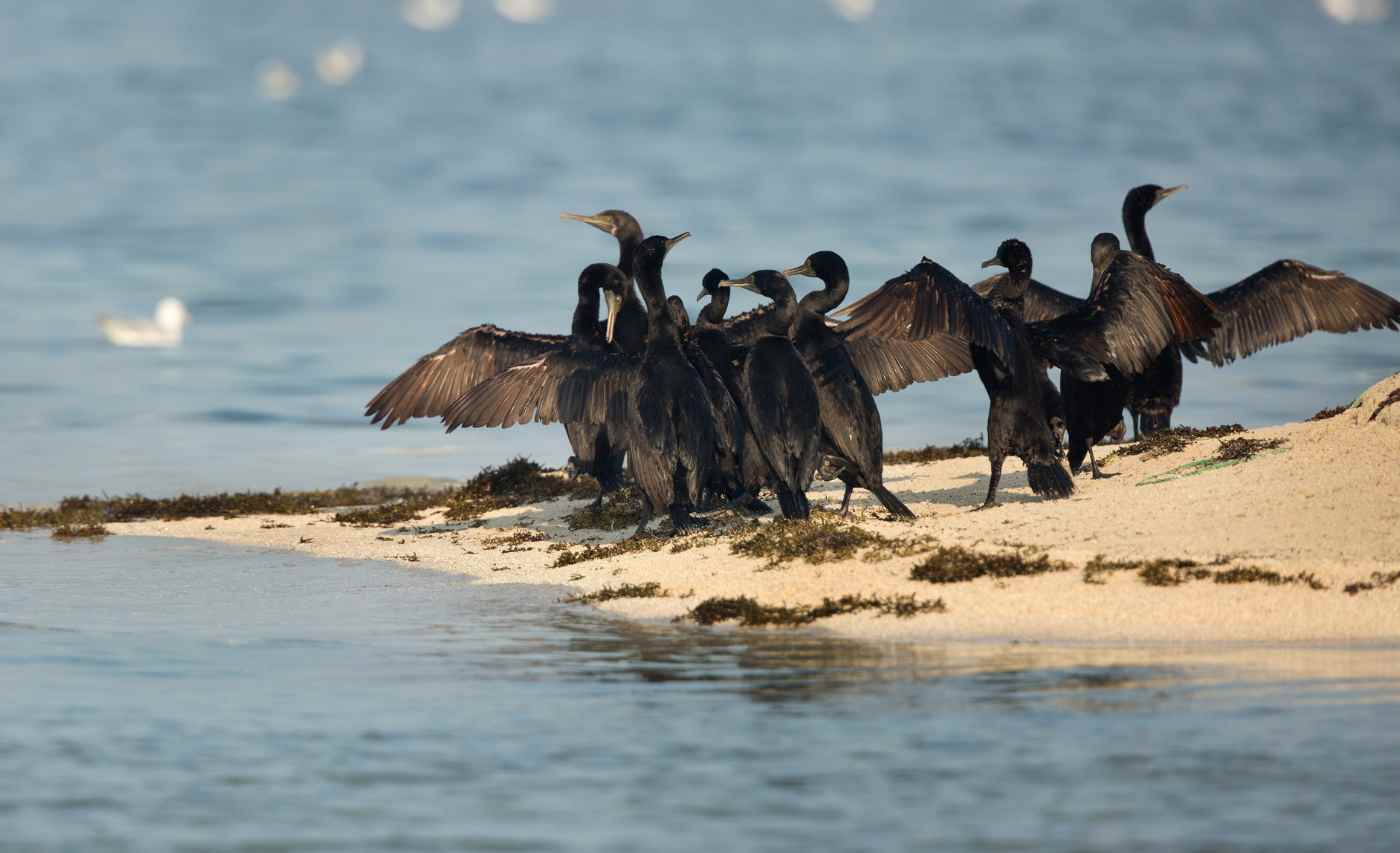
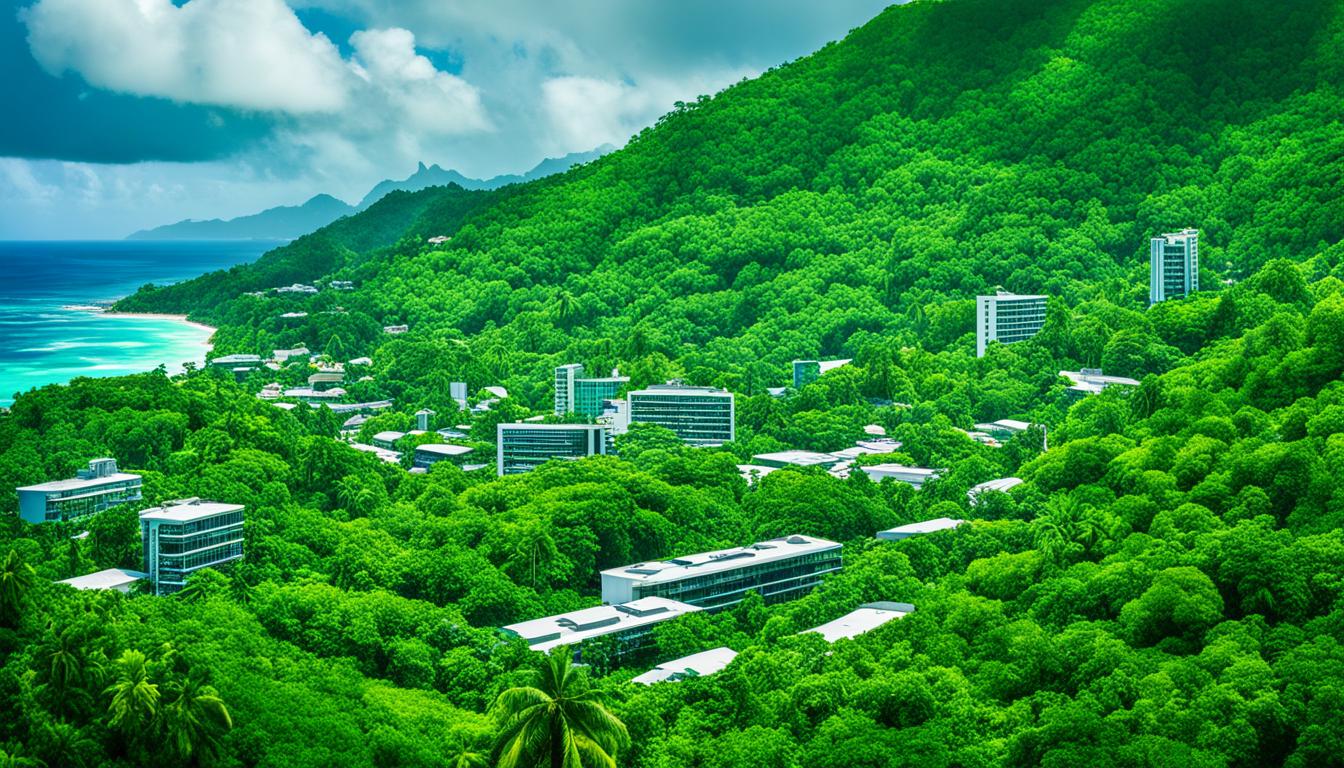

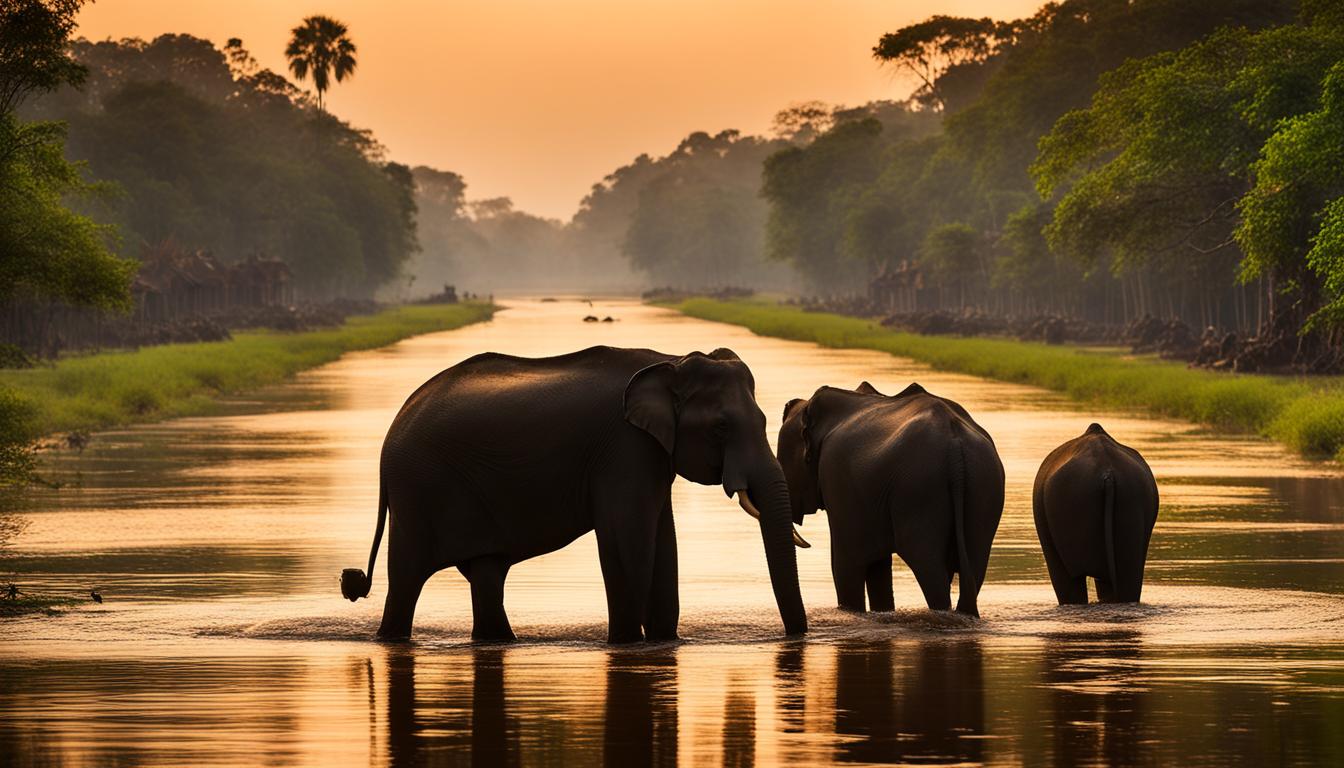
Wildlife Encounters on your day trip to the Bahamas | Mircari
2 years ago[…] with a wealth of natural wonders to explore. From its lush forests and crystal-clear waters to its unique flora and fauna, it’s no wonder why visitors come from near and far to experience its […]